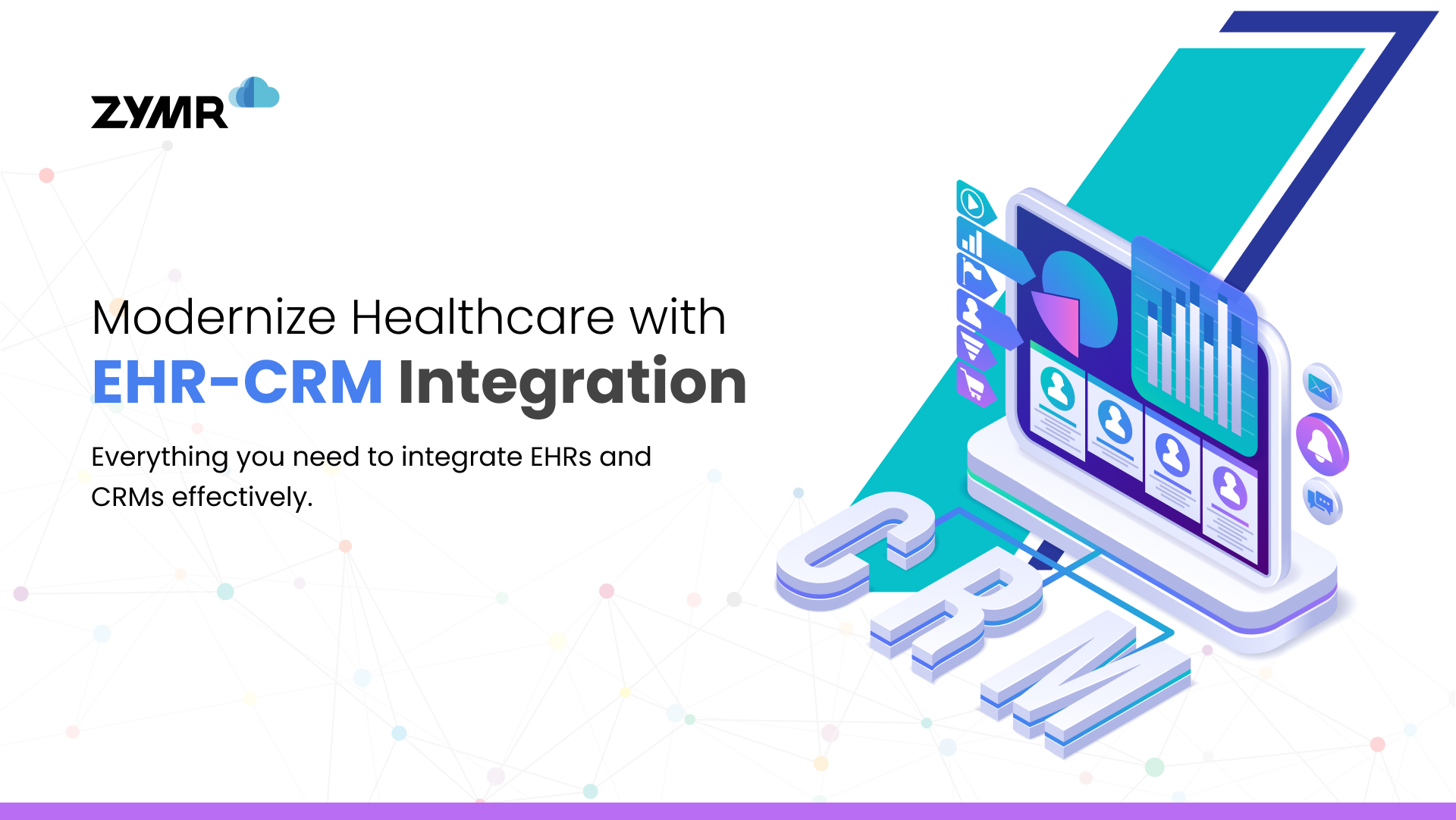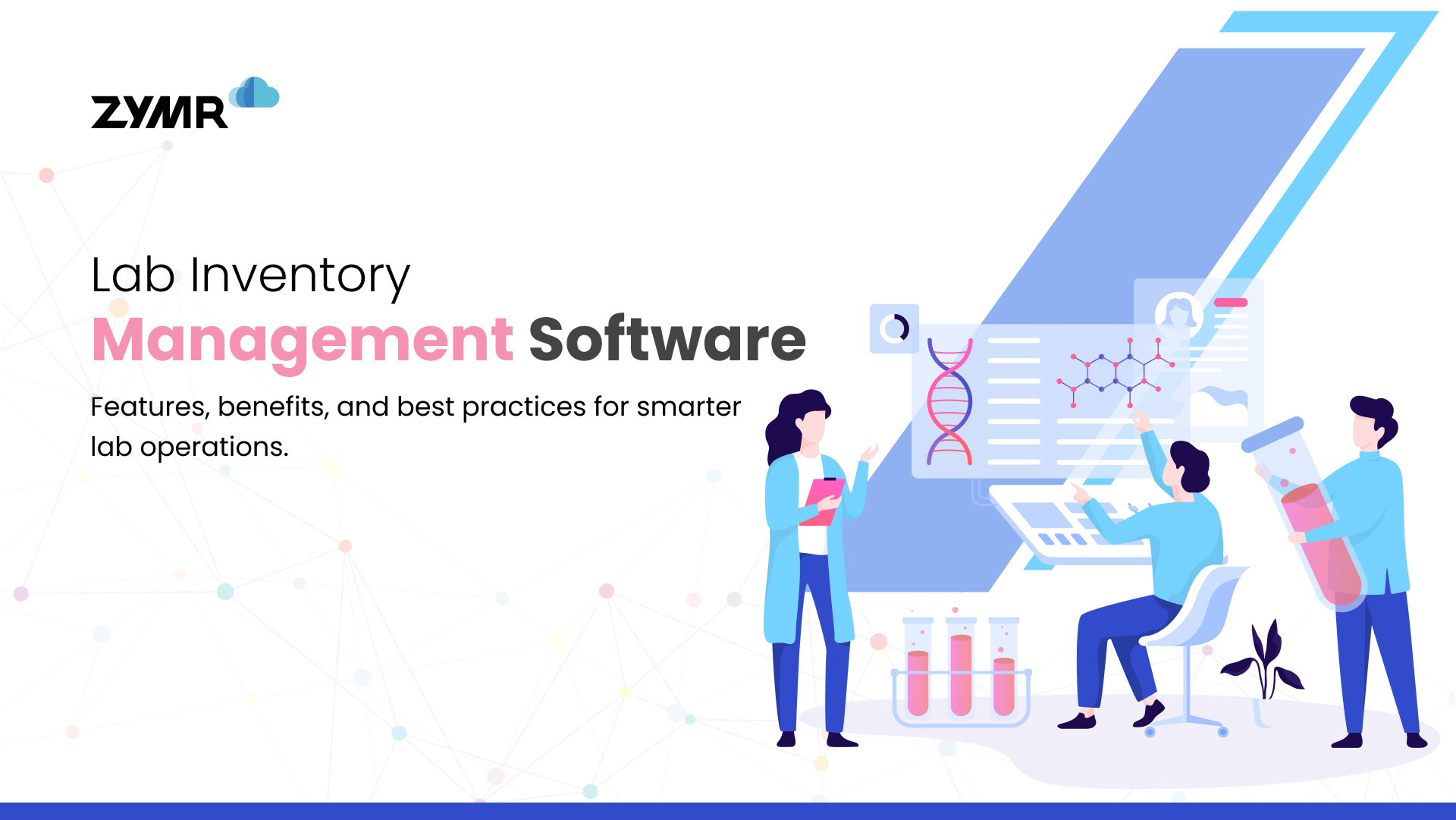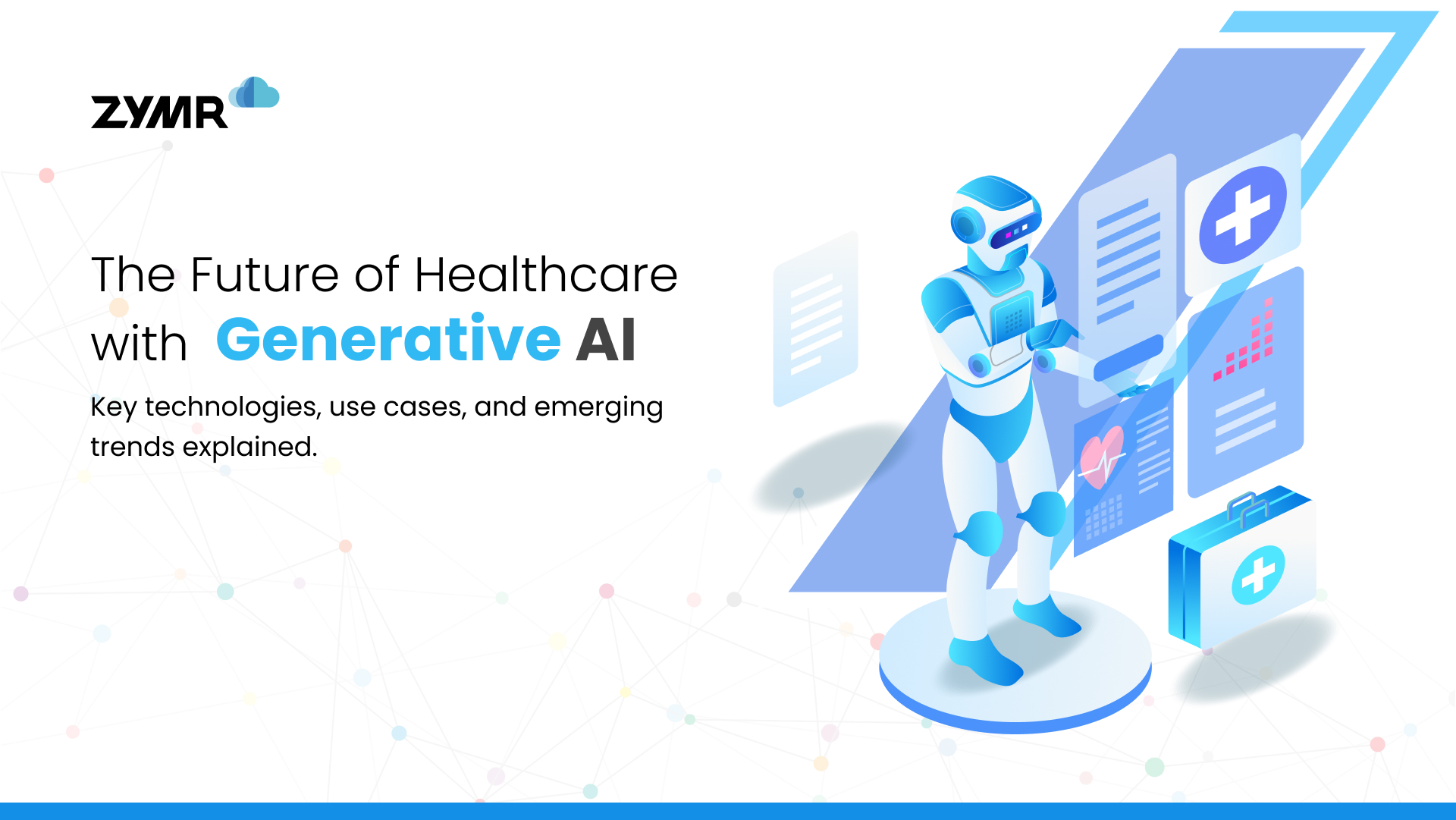Computer Vision: AI/ML Service To Envision The Future of Business

July 22, 2024
Computer vision
Per McKinsey's global survey, the adoption of AI has grown more than twice its size in 2022 compared to 2017. There’s a growing demand for advanced technologies like AI/ML for businesses seeking a consistent competitive edge. Computer vision has, therefore, emerged as a game-changer for businesses, enabling them to analyze visual data in real-time and enhance security and operational efficiency.
Through the course of this blog we will discuss the adoption of an advanced technology like computer vision. We will see how it can become an unfair advantage that comapnies can leverage to achieve their business objectives faster, and more cost-effectively than ever before
Computer vision can analyze and interpret vast amounts of data to identify patterns, and even detect anomalies in real-time. With numerous applications ranging from security and surveillance to retail and healthcare, the technology is using volumes of data to unlock strong business insights for better decisions-making, faster time-to-market and cost-effective resource management. Here are some sophisticated use-cases that these AI/ML services can offer across industries:
- Deep Learning: Deep learning algorithms can be used to identify patterns, make predictions, and optimize operations. across healthcare, retail, cybersecurity and other industries. Companies can leverage computer vision to analyze and interpret vast amounts of data, providing insights that were previously impossible to obtain.
- Object Detection and Recognition: Object detection and recognition can help enhancing the security and surveillance systems, as well as optimizing the supply chain and inventory management. With the help of computer vision, a large variety of businesses can implement real-time tracking capabilities.
- 3D Vision: 3D vision can be used in industries such as manufacturing and construction to create digital twins of physical objects, enabling businesses to simulate and optimize their operations. Computer vision can help companies improve their product design, manufacturing processes, and construction projects.
- Autonomous Vehicles: Autonomous vehicles are becoming increasingly popular in the transportation industry. Computer vision can help industries, such as logistics and transportation, to develop autonomous vehicles that are safe and reliable.
- Medical Imaging: Computer vision is revolutionizing the field of medical imaging, enabling healthcare professionals to diagnose and treat diseases more accurately and efficiently. With medical imaging healthcare organizations can develop custom solutions that are tailored to their patient needs.
Far-sighted Computer Vision
Developing digital ecosystems to stay ahead of the competition is getting difficult with exhaustive amount complex technologies and tools emerging in the market. While AI/ML services have far reaching benefits for a sustainable business, how can companies plan to develop powerful services and products tailored to their business objectives, and and target client-pool. The experts at Zymr have developed the essential guidlines that would not only help companies integrate Computer vision into their digital ecosystem but also do it faster and at optimized costs. Here’s how the steps look:
- Defining the problem: Identify the areas of your business that can benefit from computer vision. For example, a retail business may want to use computer vision to track inventory levels, while a healthcare provider may want to use it for medical imaging.
- Right Use-cases and Technology: Define a specific use case for computer vision that aligns with your business objectives. For example, a retail business may want to use computer vision to detect out-of-stock items on store shelves.
- Data Labelling: Collect and annotate the data required to train your computer vision model. For example, a healthcare provider may need to collect and annotate medical images to train a model for disease detection.
- Model Training: Use the annotated data to train your computer vision model. For example, a retail business may use machine learning algorithms to train a model to detect out-of-stock items. For example, for a cybersecurity solution the model can be trained to detect unusual spikes in traffic or abnormal patterns of data transfer that might indicate the presence of a malware or a hacker attempting to steal sensitive information.
- Quality Assurance: Test your model in real-world scenarios and refine it as needed. For example, a healthcare provider may need to refine a model for disease detection based on feedback from medical professionals. For instance, if the model is incorrectly recognizing a certain vendor name or consistently misinterpreting a certain date format in a fintech platform, the company can improve the efficiency and accuracy of its financial processes by further training.
- System Integration: Integrate your computer vision solution with your existing systems and workflows. For example, a retail business may integrate their computer vision solution with their inventory management system.
- Monitoring: Monitor your computer vision solution to ensure it continues to perform accurately and make adjustments as needed. For example, fintech companies can monitor the rate of false positives and false negatives to ensure that their solution is correctly identifying fraudulent activity and not flagging legitimate transactions.
Conclusion
Computer vision is among the most powerful AI/ML services that are changing the way we interact with the world. With growing demand for advanced technology and rising security threats, businesses must explore innovative solutions to stay ahead of the competition. By unlocking the power of computer vision with Zymr, businesses can gain a competitive edge and achieve their business objectives faster and more cost-effectively than ever before.
FAQs
>
>
>
>
>
Have a specific concern bothering you?
Try our complimentary 2-week POV engagement
Our Latest Blogs

December 30, 2025
The Ultimate Guide to EHR-CRM Integration: Benefits, Use Cases & Best Practices


December 29, 2025





.svg)
.svg)
.svg)
.svg)
.svg)
.svg)
